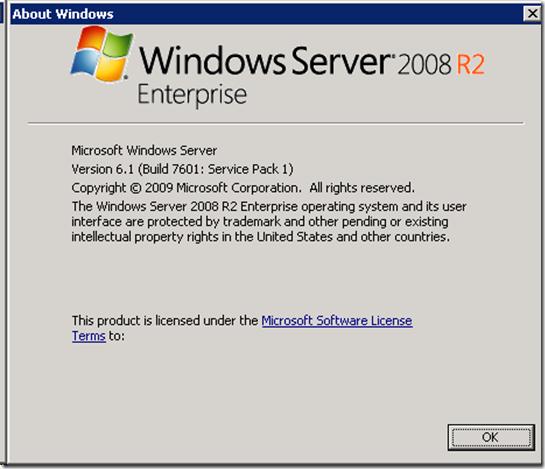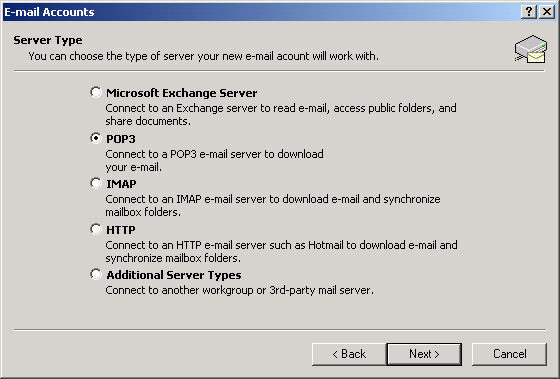
This article contains examples of clients, programs, and operations that are affected by specific security settings or user rights assignments. However, the dialog box that contains the link to this article does not appear. If you directly change the same security setting or user rights assignment by using the registry or by using security templates, the effect is the same as changing the setting in Group Policy Object Editor. The dialog box appears when you change a security setting or a user rights assignment to a setting that offers less compatibility and is more restrictive. The enhanced feature is a dialog box that contains a link to this article.

Windows XP Professional Service Pack 2 (SP2)

When you use Group Policy Object Editor, user rights assignments are enhanced on the following operating systems: To increase the awareness of misconfigured security settings, use the Group Policy Object Editor tool to change security settings. Note: The remaining content in this article is specific to Windows XP, Windows Server 2003, and earlier versions of Windows. This article describes incompatibilities that can occur on client computers that are running Windows XP, or an earlier version of Windows, when you change specific security settings and user rights assignments in a Windows Server 2003 domain or an earlier Windows Server domain.įor information about Group Policy for Windows 7, Windows Server 2008 R2, and Windows Server 2008, see the following articles:įor Windows 7, see Group Policy management for IT prosįor Windows 7, and Windows Server 2008 R2, see What's New in Group Policy

However, the downside of increased security is the introduction of incompatibilities with clients, services, and programs. Security settings and user rights assignments can be changed in local policies and group policies to help tighten the security on domain controllers and member computers.


 0 kommentar(er)
0 kommentar(er)
